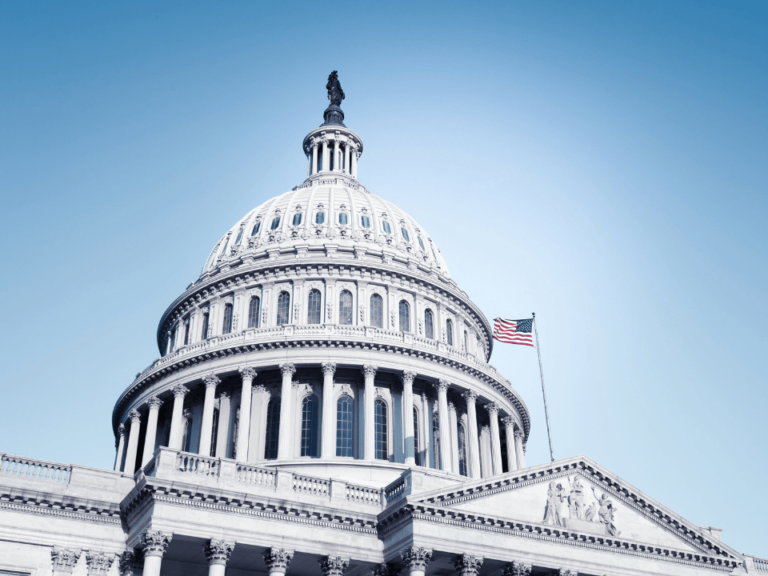This story is part of The Cancer Letter’s ongoing coverage of COVID-19’s impact on oncology. Our full coverage of SARS-CoV2 is available here.
A House subcommittee July 7 marked up a spending bill that proposes a $5.275 billion increase for NIH.
To access this subscriber-only content please log in or subscribe.
If your institution has a site license, log in with IP-login or register for a sponsored account.*
*Not all site licenses are enrolled in sponsored accounts.
Login Subscribe
If your institution has a site license, log in with IP-login or register for a sponsored account.*
*Not all site licenses are enrolled in sponsored accounts.
Login Subscribe













